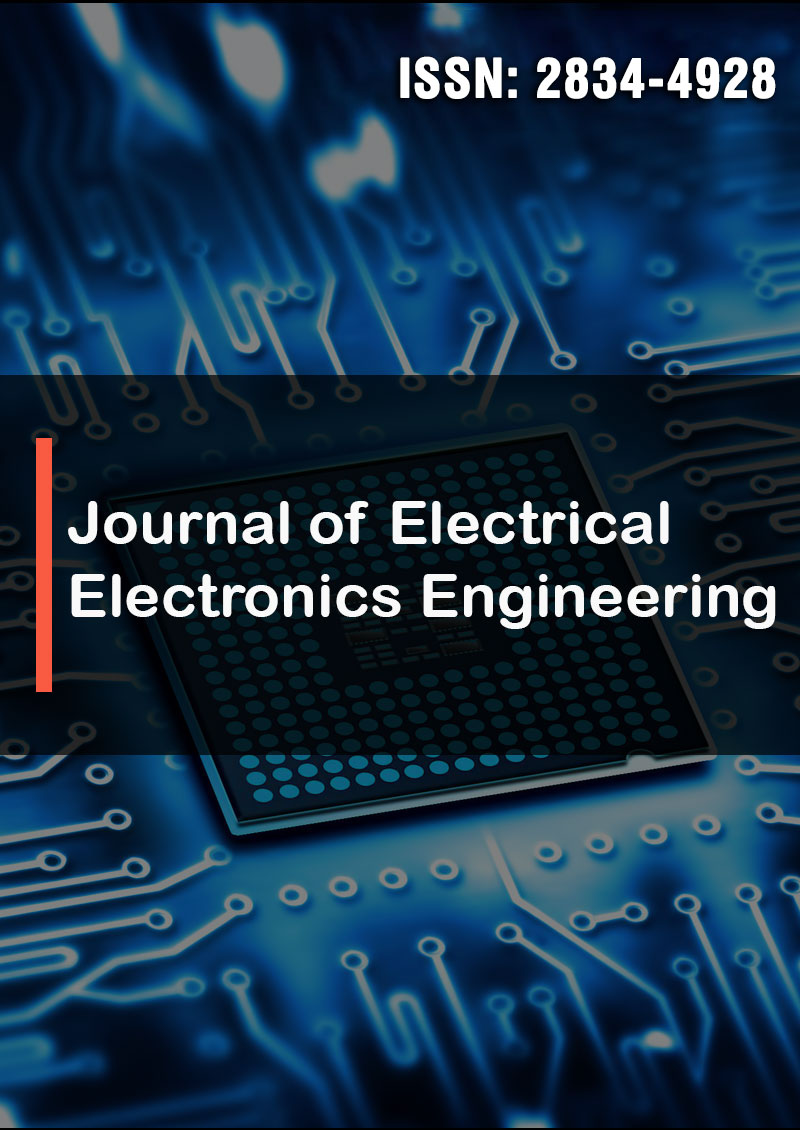After a Century of Revolution in the Status of Space and Time: Einstein’s Train Revisited
Abstract
Tim Moon
Written from a very untutored and limited viewpoint in terms of physics and mathematics, this essay ventures some thoughts that should therefore be regarded as only tentative. Especially as they address a long established idea that sits right at the heart of the scientific discipline of physics. This is the idea of naturally moving reference systems, a notion closely linked to the classical principles of both inertia and relativity. Such inertial reference systems played a key role in some thought experiments published over a century ago, by Albert Einstein. It is a critical reading of one of these original accounts that forms a springboard for some radical discussions, particularly in terms of assumptions about the physical nature of space. The remarkable revolution in such views that’s taken place since Einstein’s younger days is considered. A development more in accord with this sort of fundamentally modernised world-view suggests a re-appraisal and expanded inclusivity for the inertial reference system concept.
In the old thought experiment account in question, Einstein famously used an imaginary device — a train struck by lightning — to illustrate his earlier reasoning for one of his most revolutionary and enduring concepts: the relativity of simultaneity. Over the century or more since he first put this basic rationale forward in 1905, it’s clear it has been largely received with widespread scientific approval. Yet in fact, it’s also apparent that Einstein’s argument actually depended solely on employing the logic of classical mechanics — albeit well beyond its established domain of application. And it’s very troubling that by showing such a clear preference for this old and very conventional but intuitively attractive approach, in effect he allowed it to directly contradict the predictive force of his own new and revolutionary postulates.
In response to this concern, a sort of remedial analysis was undertaken. It accepted Einstein’s famous postulates and simply applied them directly to his train scenario — quite independently of the classical transformation he chose to employ instead. It is shown how this meticulous reanalysis led unambiguously to a very different inference about the question of simultaneity. The logical result of applying the postulates was very clear: the observed simultaneity of events is actually not relative to perspective. Rather, this temporal quality seems to be thoroughly conserved across different reference frames, in line with the idea of a universal passage of time. An idea which a majority of physicists probably now consider to be entirely obsolete. They would see the relativity of simultaneity as an integral and established part of the legacy of Einstein’s spectacularly successful theorising.
Evaluating what to make of this strikingly disparate and seemingly anomalous outcome compared to Einstein’s, leads to discussions set in a more philosophical context. First, a brief overview portrays how metaphysical views on the status of space have radically evolved over the last century. Adopting a more present-day style of understanding, it is suggested how the old notion of naturally moving systems might need to be newly characterised. While inertial reference systems may continue to be conceived as spatially related frameworks of material bodies, all moving uniformly and in unison, this may not represent all that they really are. In addition, it may now be necessary to recognise the significance of a further content for inertial systems. They should be seen as including areas of discrete and equally co-moving spatial and physical field.
Such spatial aspects of reference systems have previously been regarded only as matter-based, geometrical abstractions. They were regarded only as part of a spatial framework derived from the coordinates representing the extension properties of an independent background of immobile and empty space, through which the whole framework of matter is moving. However, from current perspectives on the nature of space, these additional contents could well comprise individuated and co-moving aspects of a highly dynamic and distinctly physical entity. Taken together across multiple reference frames, these co-moving spatial contents would constitute a flexing continuum of super-plastic and holistically extended dynamic fields — such as electric and magnetic fields.
On this conjectural basis the propagation of light would indeed show a constant ‘vacuum’ speed when directly measured in ‘resting’ space, just as both Einstein and Maxwell required. But, if a particular reference perspective is artificially adopted as absolutely stationary, or likewise, singled out as the preferred and real viewpoint, then it is explained how its speed relative to light propagating elsewhere might then be considered as basically Galilean in nature, not unlike the situation with the passage of sound. Even so, the fact that the classical transformation procedure has so clearly been superseded by the more generally efficacious Lorentz transformations of the Special Theory of Relativity is certainly not denied. However, the veracity of their assumed basis in the physical length contraction of inertially moving matter and its associated physical time dilation is seriously questioned.
In criticising some aspects of Einstein's earliest assumptions that underpinned his Special Relativity Theory, this essay promotes a view which suggests that some of this thinking would have benefitted from being more relativistic, not less.




